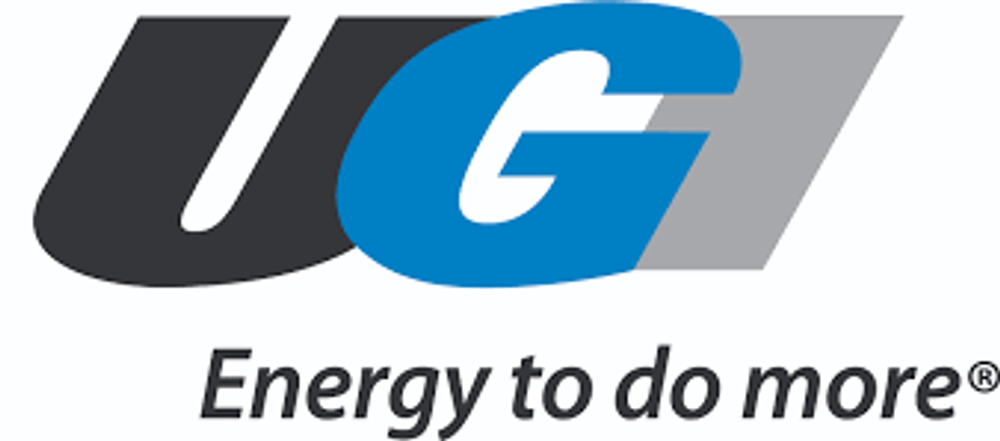As heating systems have been turned on in response to cooler weather over the past several weeks, UGI has responded to a number of carbon-monoxide (CO) related incidents. UGI reminds residents and business owners that the use of fuel burning appliances that have not been recently checked by a qualified professional, or that have not been properly maintained, can lead to a higher risk of CO build-up.
Malfunctioning furnaces, boilers and hot water heaters, as well as blocked vents and chimneys, can be a source of carbon monoxide in a home or business. Carbon monoxide is a colorless, odorless, poisonous gas that is a by-product of the incomplete combustion of fuels such as wood, charcoal, gasoline, kerosene, oil, natural gas and propane. Symptoms of CO poisoning include headache, fatigue, shortness of breath, nausea and dizziness.
CO poisoning is serious and can be fatal. Individuals who think they might be experiencing symptoms of CO poisoning should immediately seek fresh air and prompt medical attention.
Residents can take a number of steps to ensure the safe operation of appliances. These include the following:
· If you have not already done so, UGI urges customers to have a qualified heating system professional check furnaces, water heaters and other internal combustion appliances. Having an annual check and service of your heating system and appliances will not only allow the unit to run more efficiently and reduce the possibility of a mid-winter breakdown, but it will also ensure the safe operation of the appliance.
- Change or clean furnace filters regularly. Clogged filters can reduce the efficiency of your heating equipment and impede normal operations. Also make sure the filter you use is the proper size and shape for your system.
- Check that both internal and external combustion air vents are unobstructed. External vents can become blocked by leaves or other debris.
- Ensure that equipment rooms or utility spaces are properly sized and provide appropriate levels of ventilation and air circulation around heating equipment and appliances to ensure their safe operation. If a furnace or water heater was enclosed in a small room during recent remodeling or renovation, the reduced air flow can create a potentially unsafe situation.
- Make sure working smoke and carbon monoxide detectors are appropriately located within living spaces, and the batteries powering them are fresh. CO detectors/alarms should be located on each floor of a home, including one in each bedroom or sleeping area. It is important to note that CO detectors have a limited operating life. Check the manufacturer’s instructions for related information and replacement considerations.
- Check for black stains visible on the outside of your chimney or flue. These stains can indicate a blockage allowing exhaust gas, including CO, to enter your home or workplace. Contact a heating professional to have equipment, chimneys and flues checked.
If the heating equipment in your home or business is not working because of an electric power outage, never use an oven or grill inside your home to provide heat.
Use caution when using unvented space heaters, which can be a source of CO. Always follow manufacturer’s directions regarding use of these heaters. Unvented heaters are designed for supplemental use only. Be sure to provide adequate ventilation in areas where a space heater is used. Do not use unvented heaters in bedrooms, bathrooms, or confined spaces.
Signs there may be a build-up of CO in your home include:
- Significant condensation on walls and windows;
- House pets becoming sluggish;
- Chronic odors from a malfunctioning appliance;
- Residents in the home suffering flu-like symptoms or feeling unusually tired.
UGI Utilities has headquarters in Denver, Pennsylvania and serves more than 700,000 customers in 45 Pennsylvania counties and one county in Maryland. Customers interested in additional information visit the UGI website at www.ugi.com; on Facebook at www.facebook.com/ugiutilities; Twitter at www.twitter.com/ugi_utilities.

